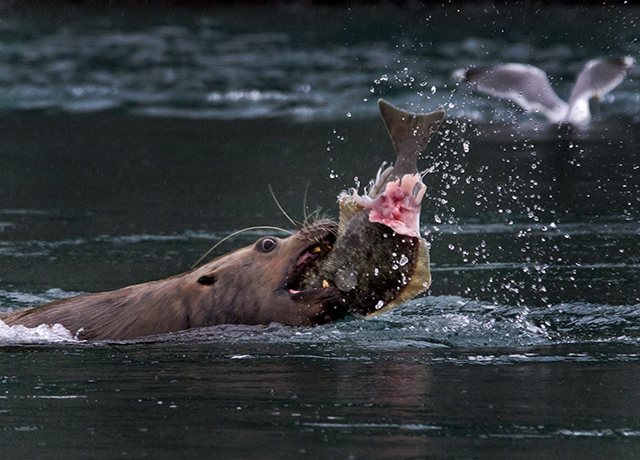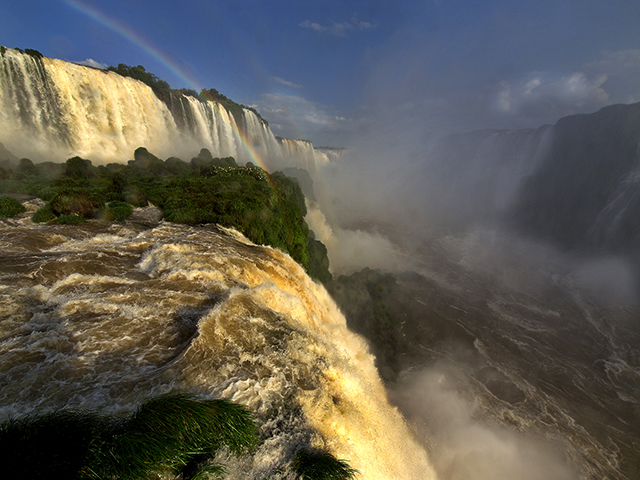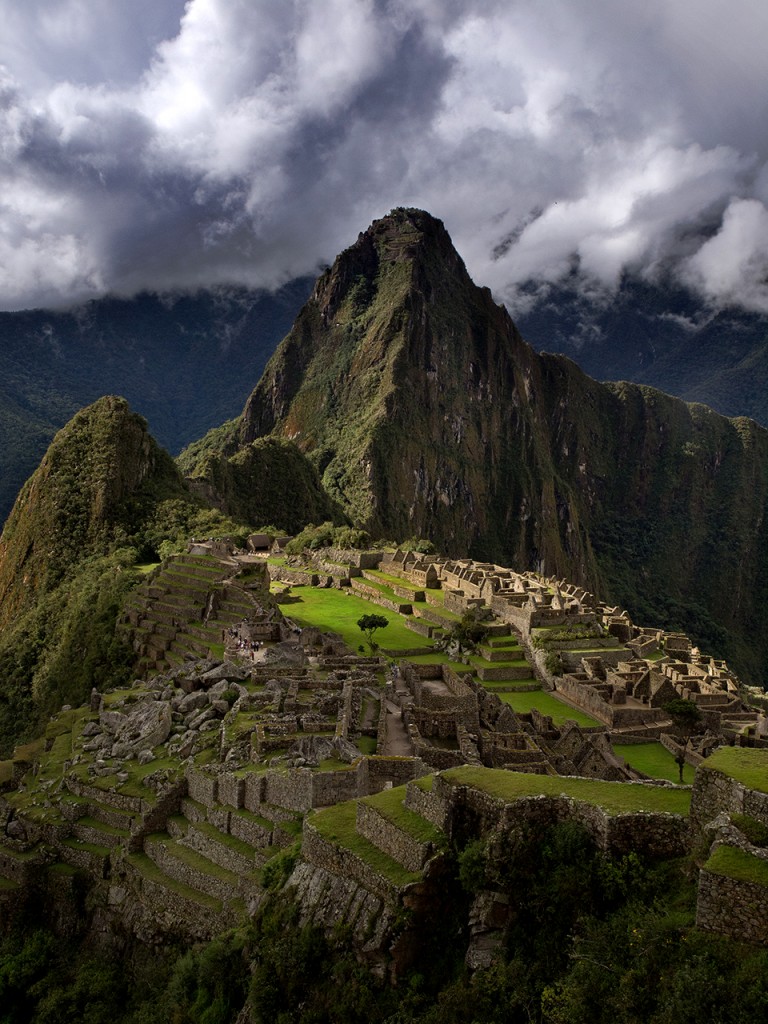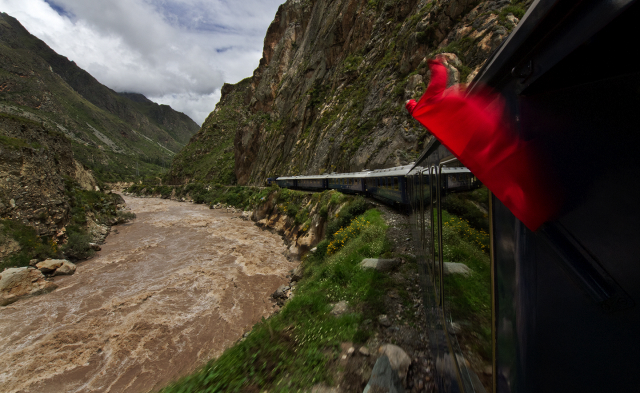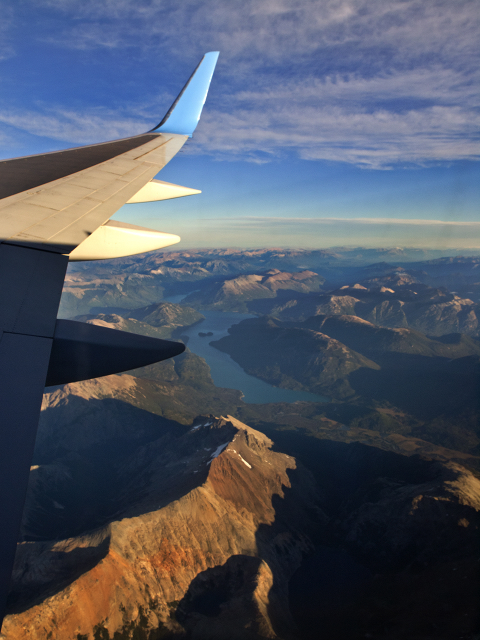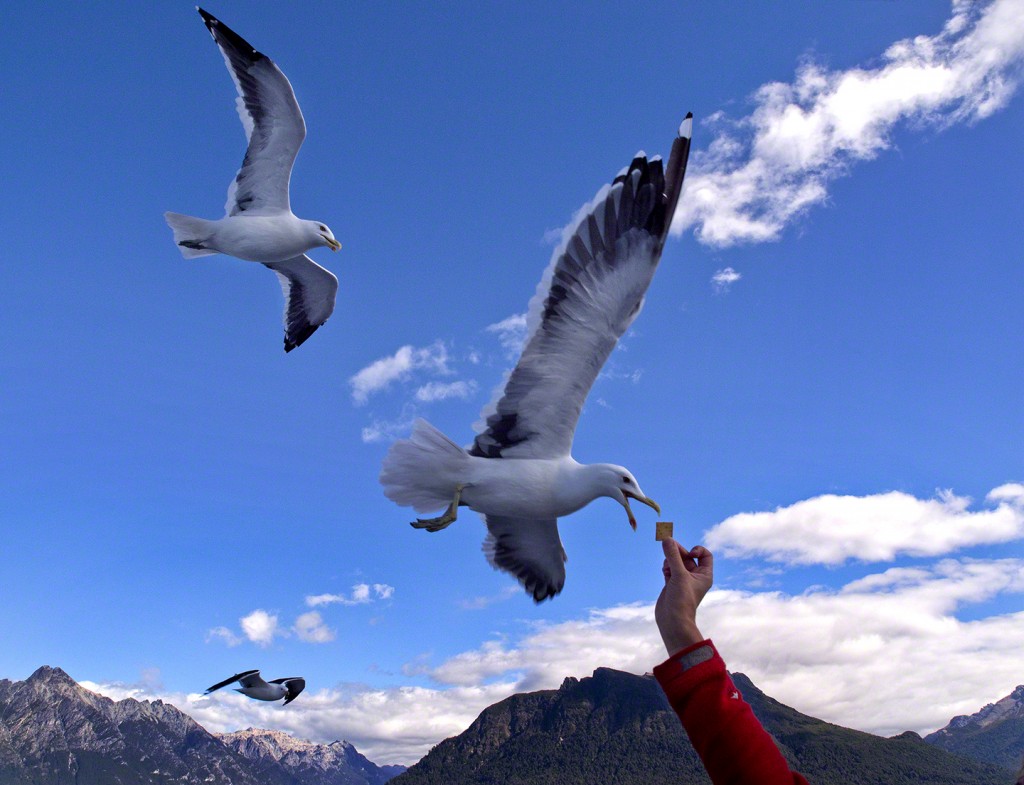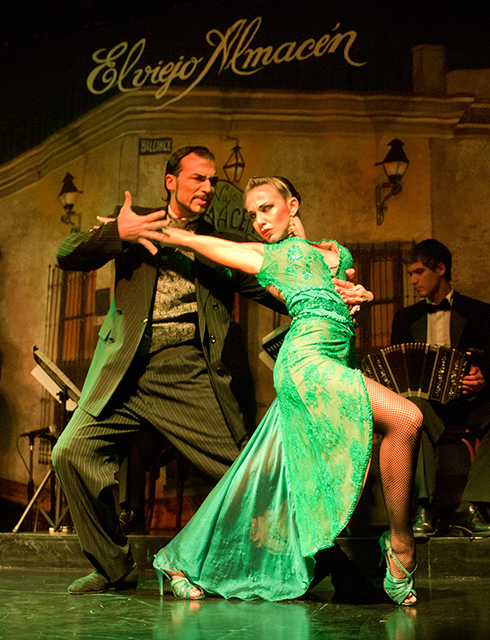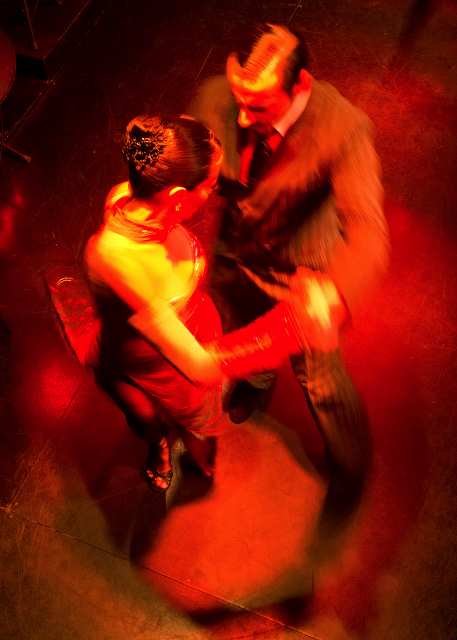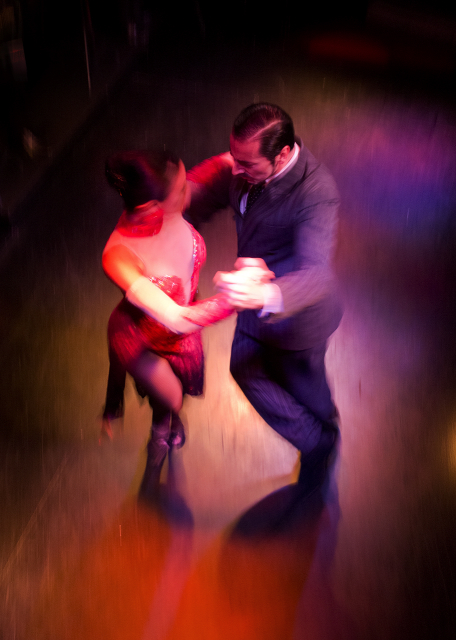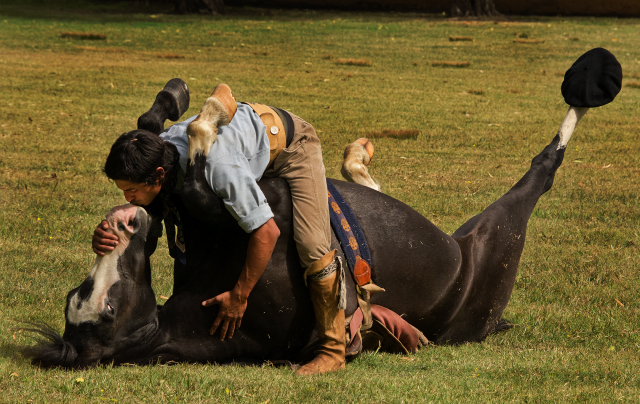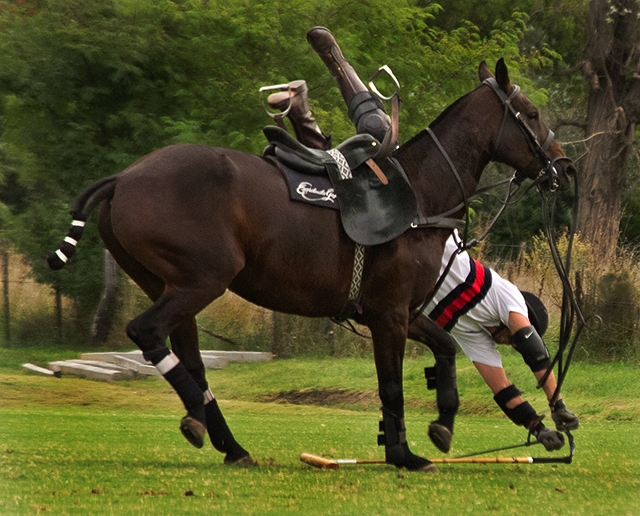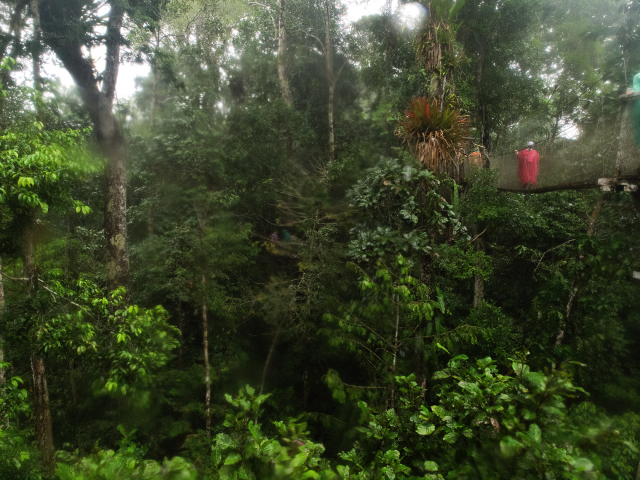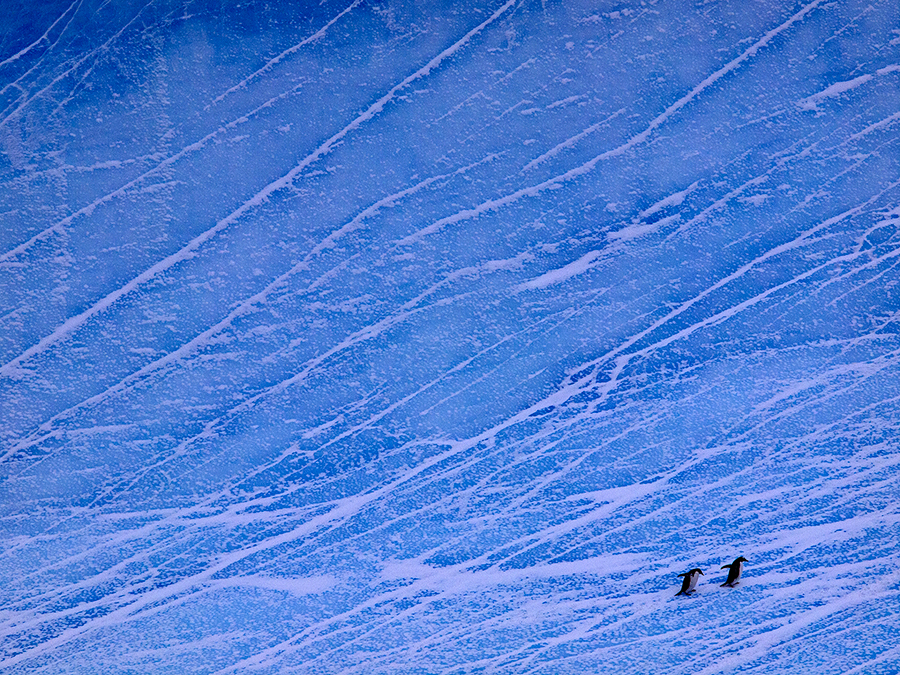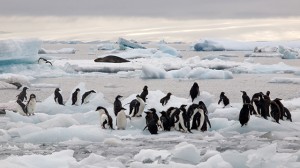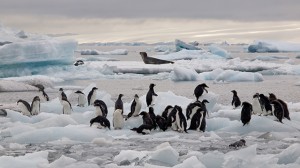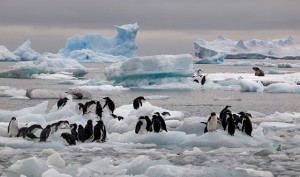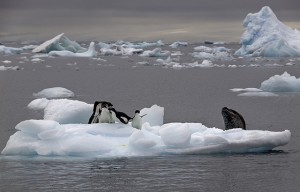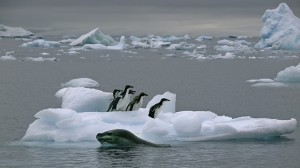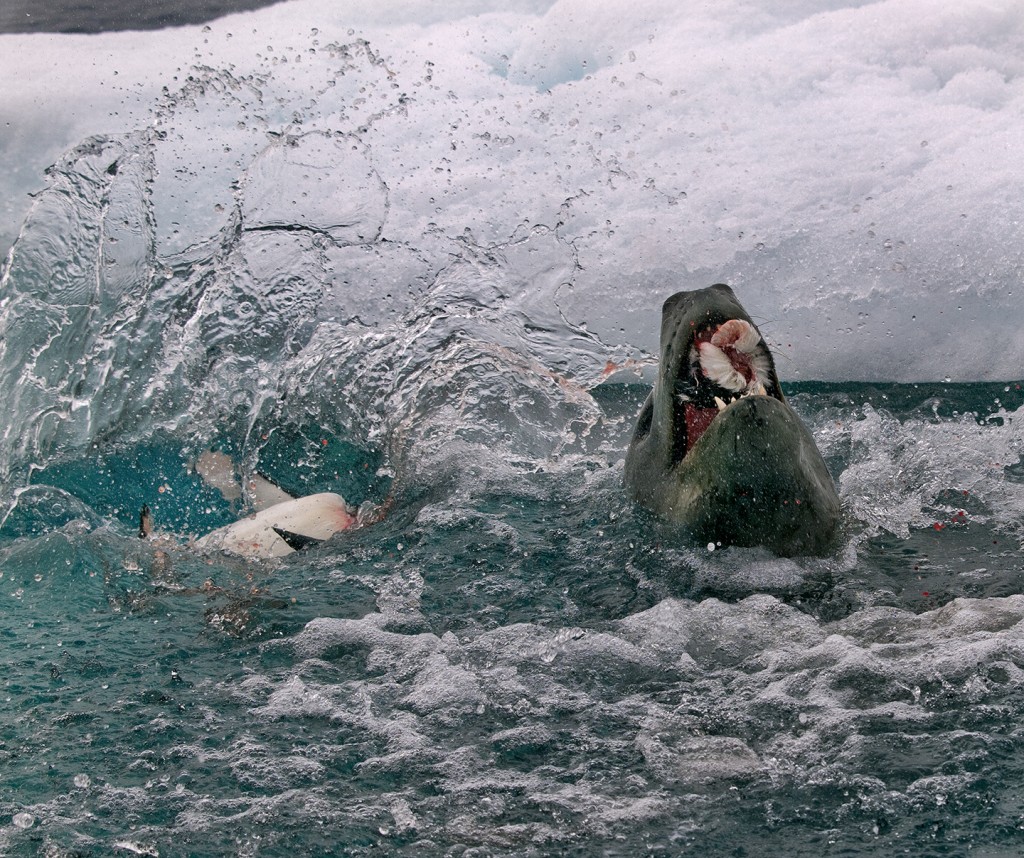Absaroka Ranch, Winter Light on the Chesapeake and the National Geographic Traveler Seminar
Start planning now for our July 1-7 “FirstLight Absaroka Ranch Workshop.” We’ll be photographing cowboys in action, driving horses, roping, saddling up, and portrait sessions in the incredible environment of the Wind River Valley. Always a highlight, we’ll also be photographing the Dubois Rodeo.
We have a couple of positions left in our “Winter Light on the Chesapeake” Workshop, January 26 – 29 click here for more information about this wonderful, three-day workshop on the Eastern Shore of Maryland.
On Sunday, December 4, I spoke at the National Geographic Traveler Seminar in Washington, DC. With over 325 people attending, it was a sellout in the Grosvenor Auditorium at the Geographic. As part of the Traveler Seminar series, this was the 5th city in 2011 A great audience with a lot of great questions.
Entitled “The Versatile Travel Photographer”, the seminar centered around the process of photography “on the road.” With almost everyone carrying a smart/cell-phone camera these days, a segment of the talk had to do with the downsizing of travel cameras. This smaller footprint makes it much more conducive to carry the equipment with access to a wide range of lenses, which the cell phone cameras don’t provide.
I’ll be working with the National Geographic Traveler Seminars in 2012, with presentations in Houston on March 4, Los Angeles on March 11, and Minneapolis on March 18. Click here to be taken to the NG Traveler Seminar websitefor more info.
In our recent FirstLight Aeolian Islands workshop in Italy, I shot almost the entire event with the Olympus Pen cameras. With lenses ranging from a 18mm all the way out to a 600mm equivalent, I never felt “shorted” by my lens group. Plus, the ability to carry all this gear in one small bag was very satisfying. (A common complaint I hear from almost all photographers in the travel world regards the heavy weight and large size of today’s DSLR’s, many photographers reluctant to carry that weight for hours on end) I’ve found that I don’t mind carrying a Pen E-P3 and an E-PL3 or E-PM1 for the day. On those bodies, I’ll have mounted a 9-18mm lens and a 14-150mm. This range pretty much allows coverage of anything I’m shooting, unless specifically wildlife or sports. Late afternoon, I’ll switch the 9-18mm to the 12mm f2, providing that extra lens speed for low light photography.
Image quality is quite high on these cameras, allowing reproduction quality imagery from the micro 4/3rd’s sensor. Are there things the full-bore DSLR will do that these cameras won’t? Of course, as the old saw goes, “there’s no free lunch.” But I’ve found that for 90%+ of my travel photography needs are handled by this equipment, and I’d rather have one of these on my shoulder when coming upon that photographic opportunity than only my iPhone camera.



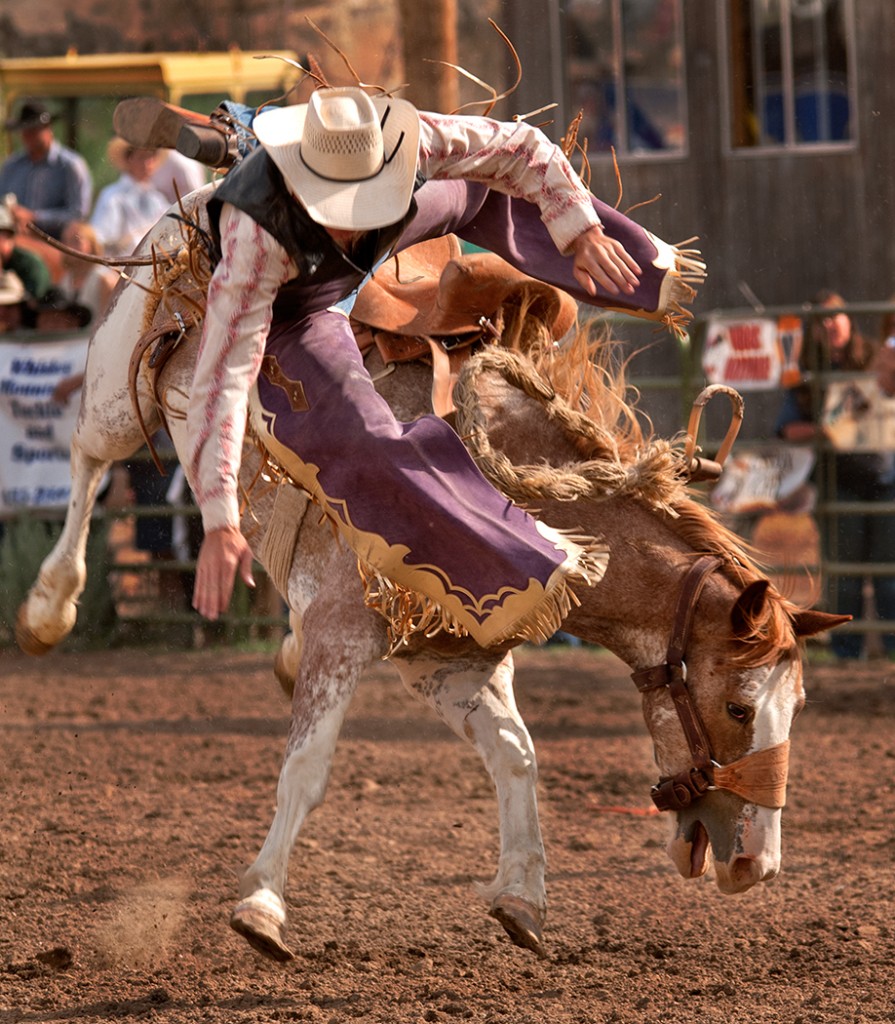
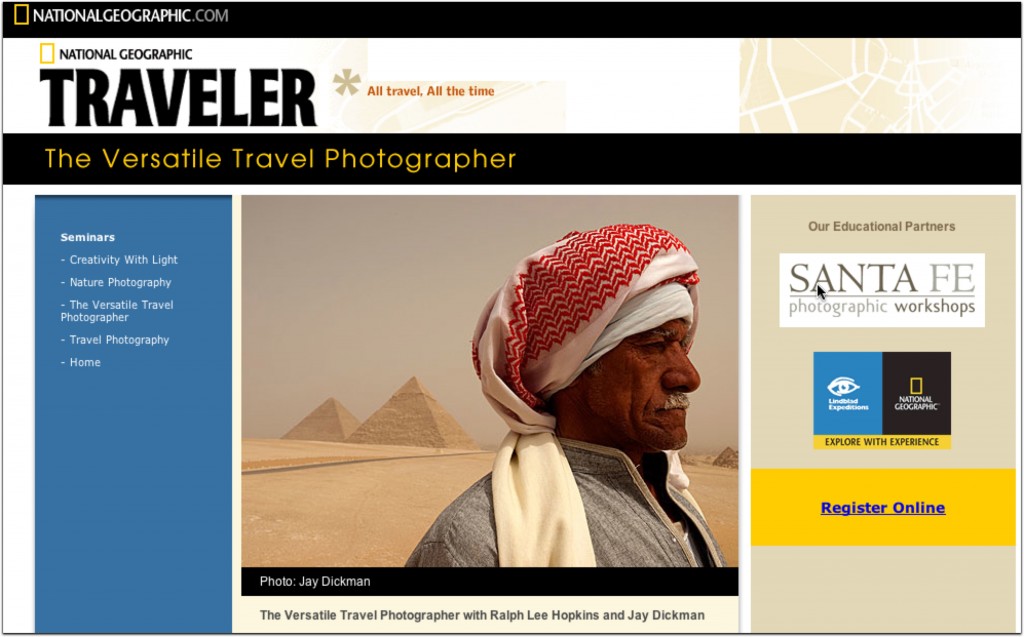
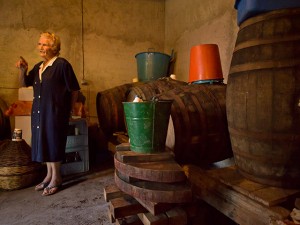
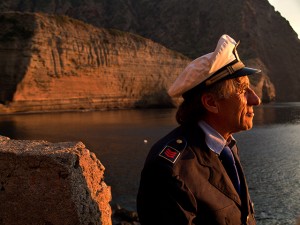
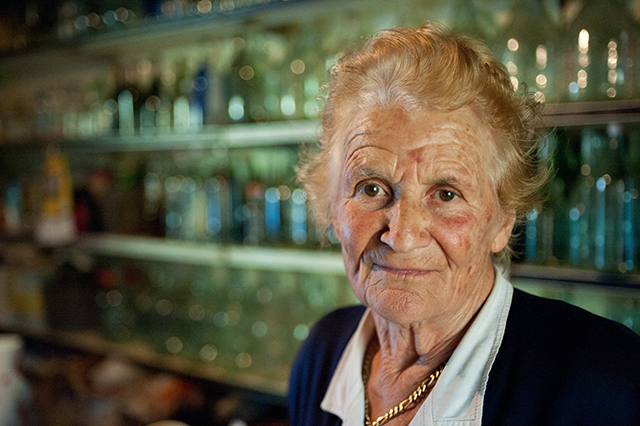
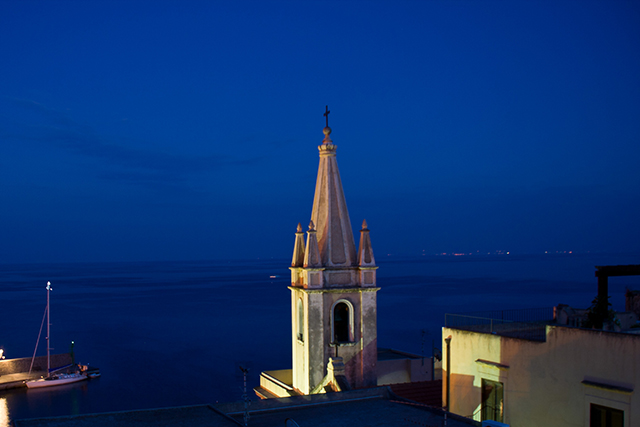
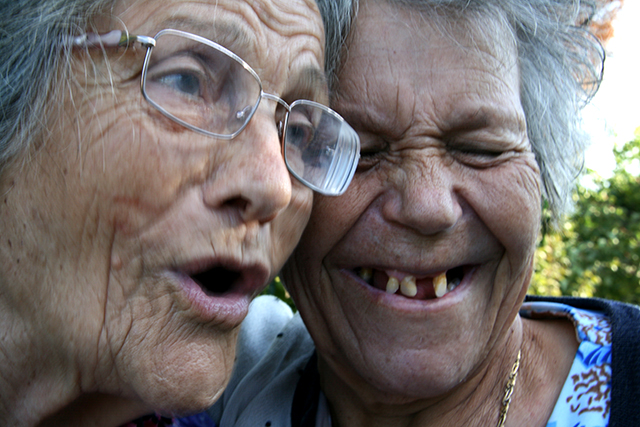
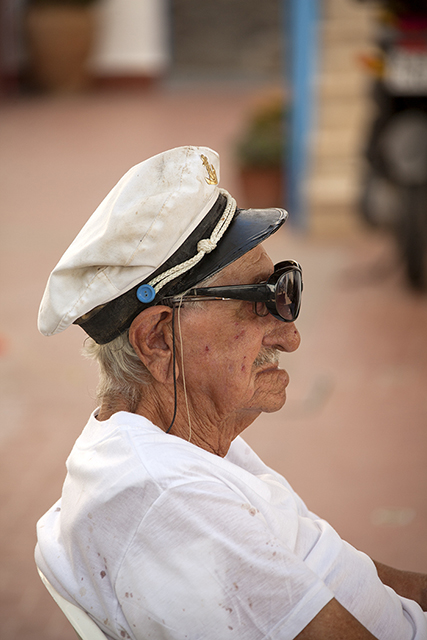
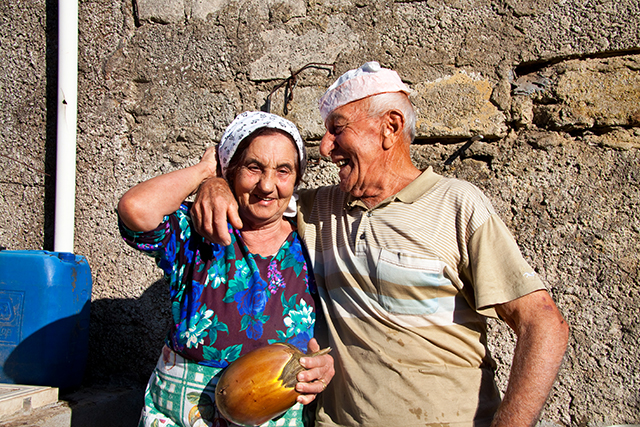
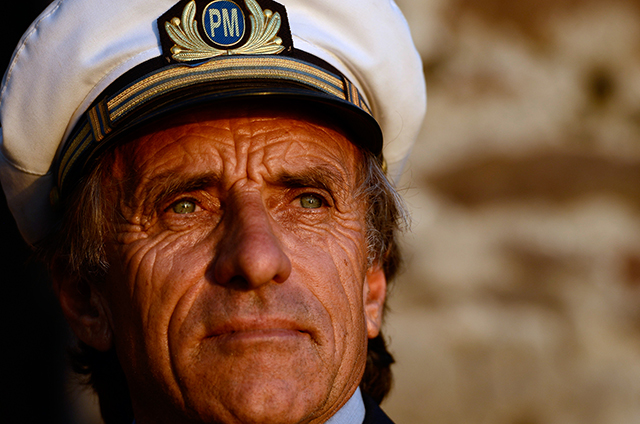
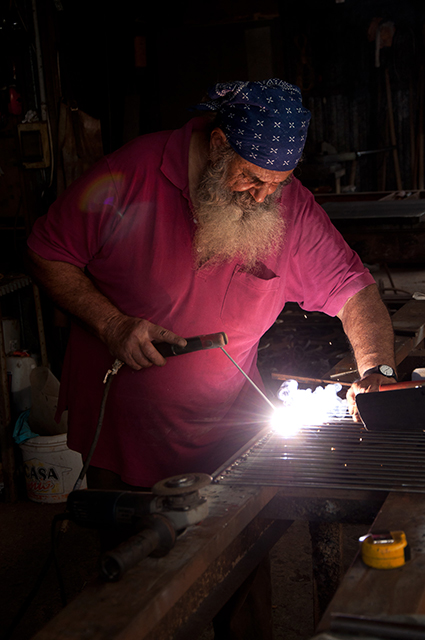
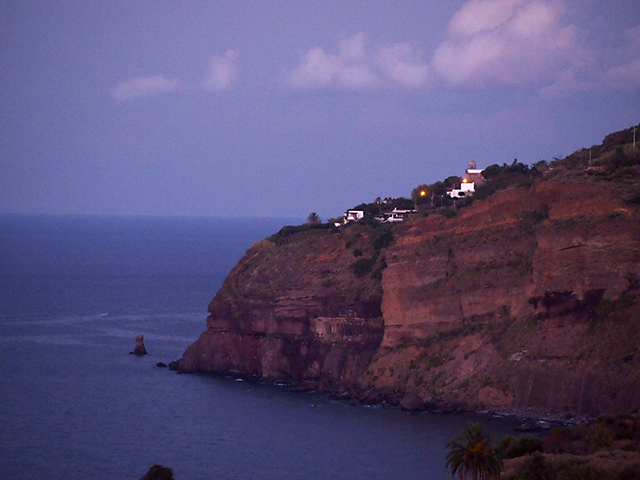
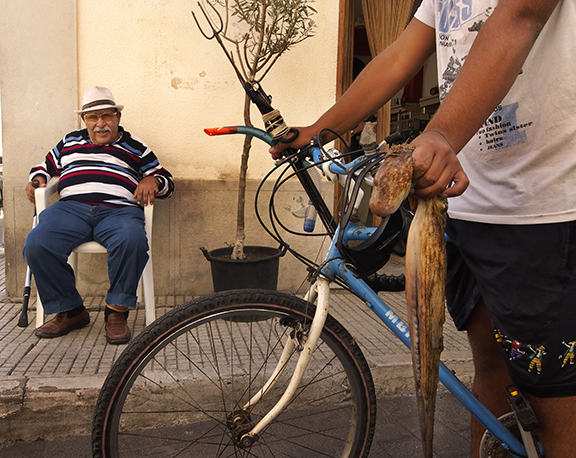
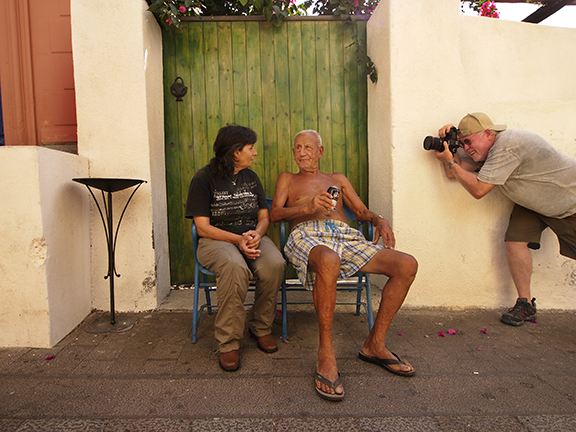
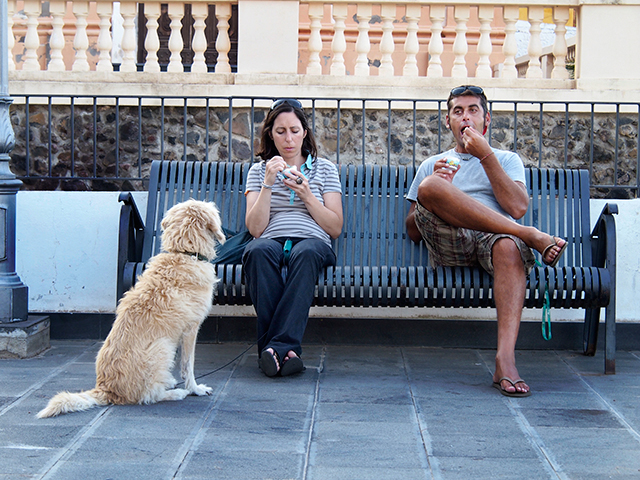
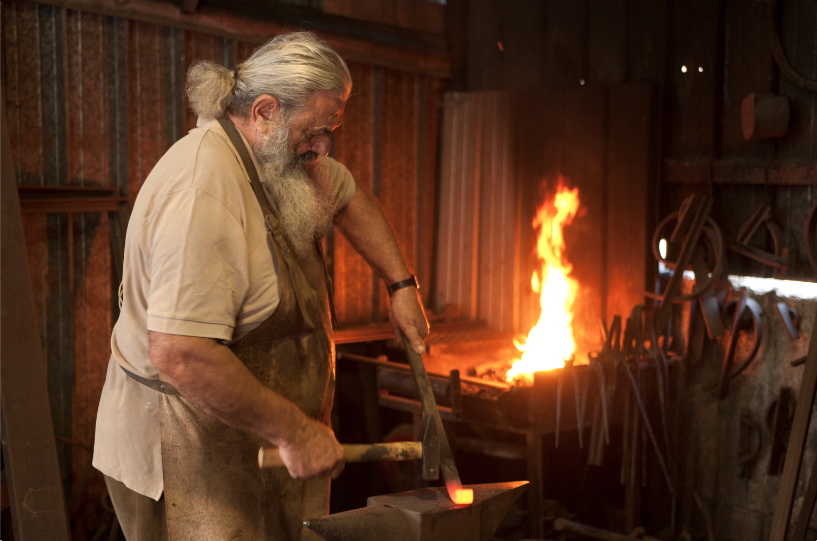
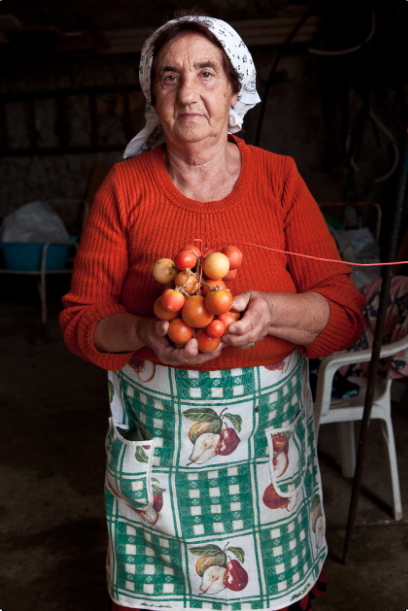
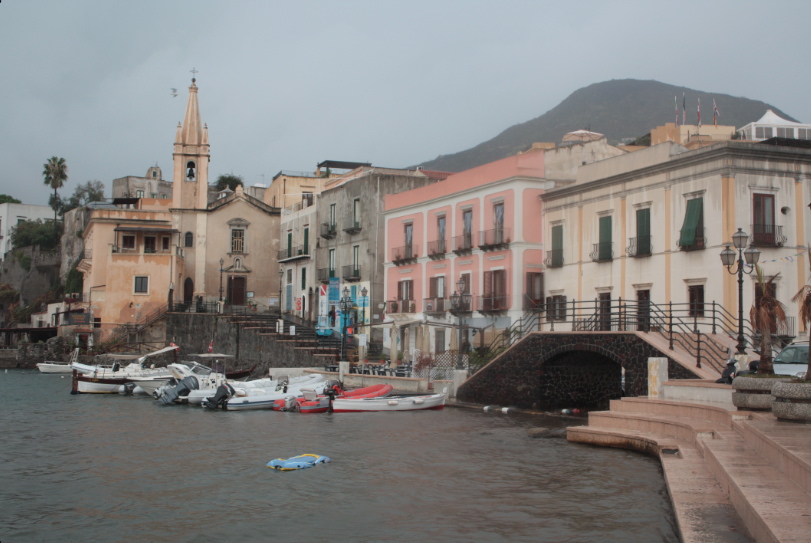
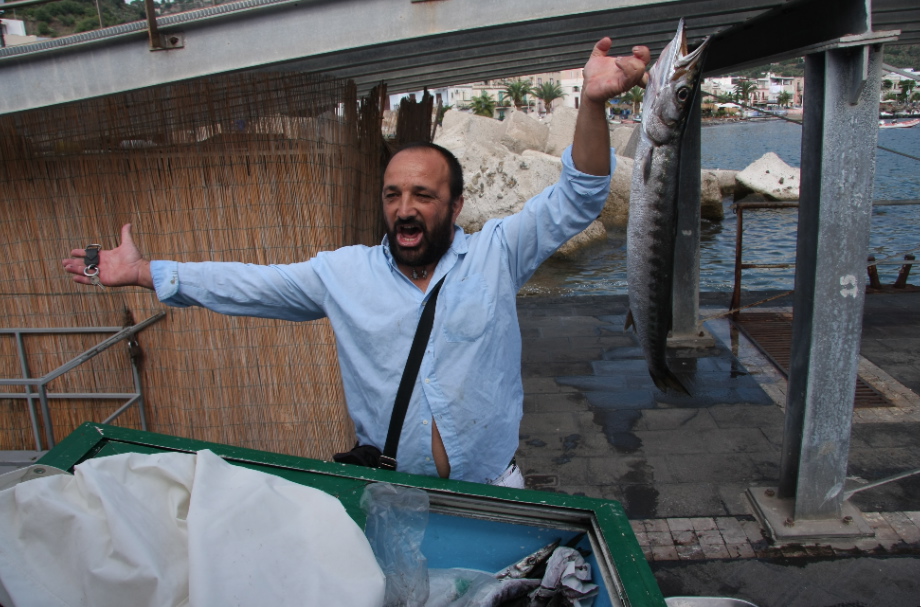
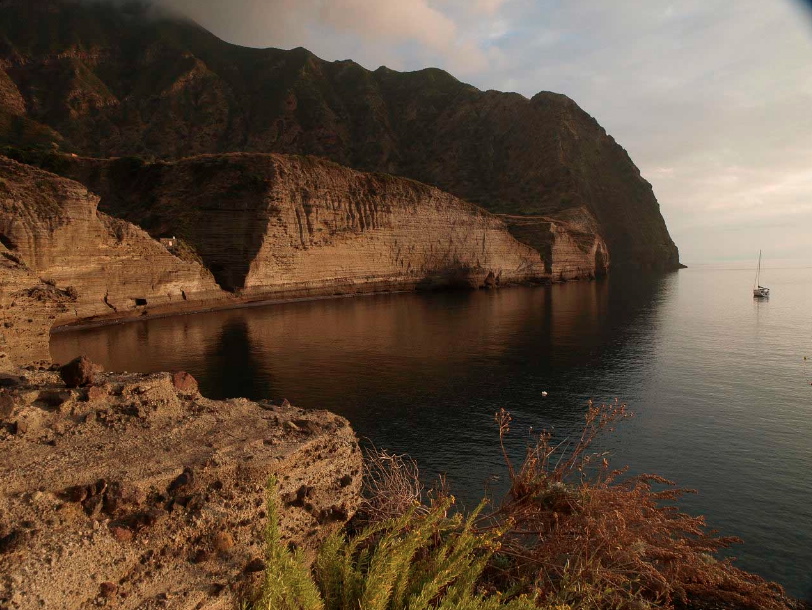
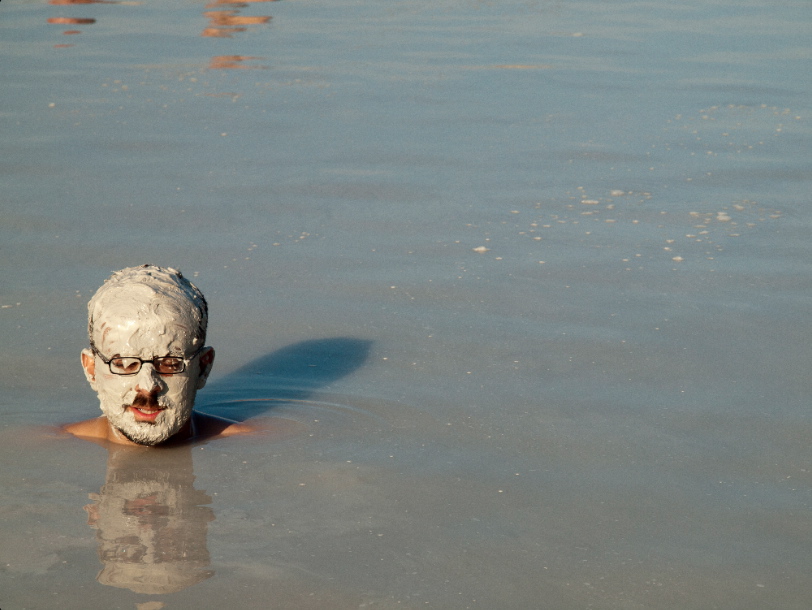
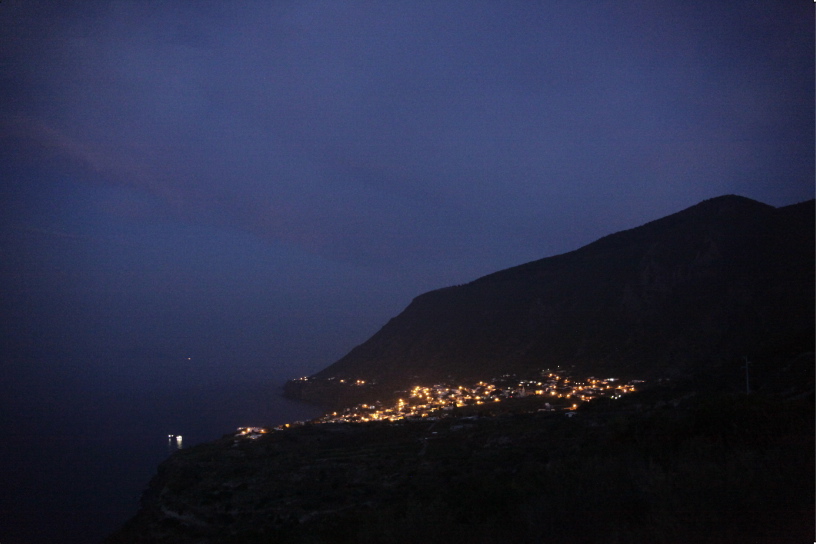
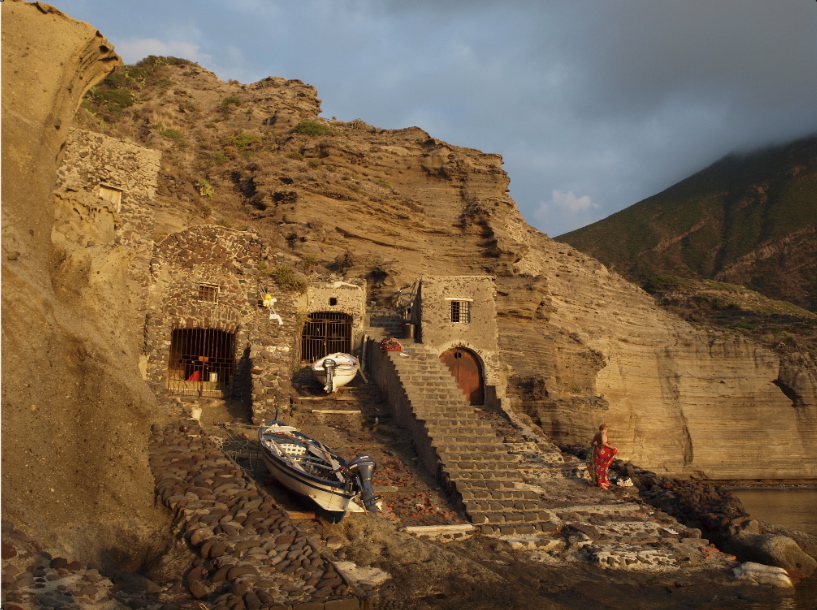
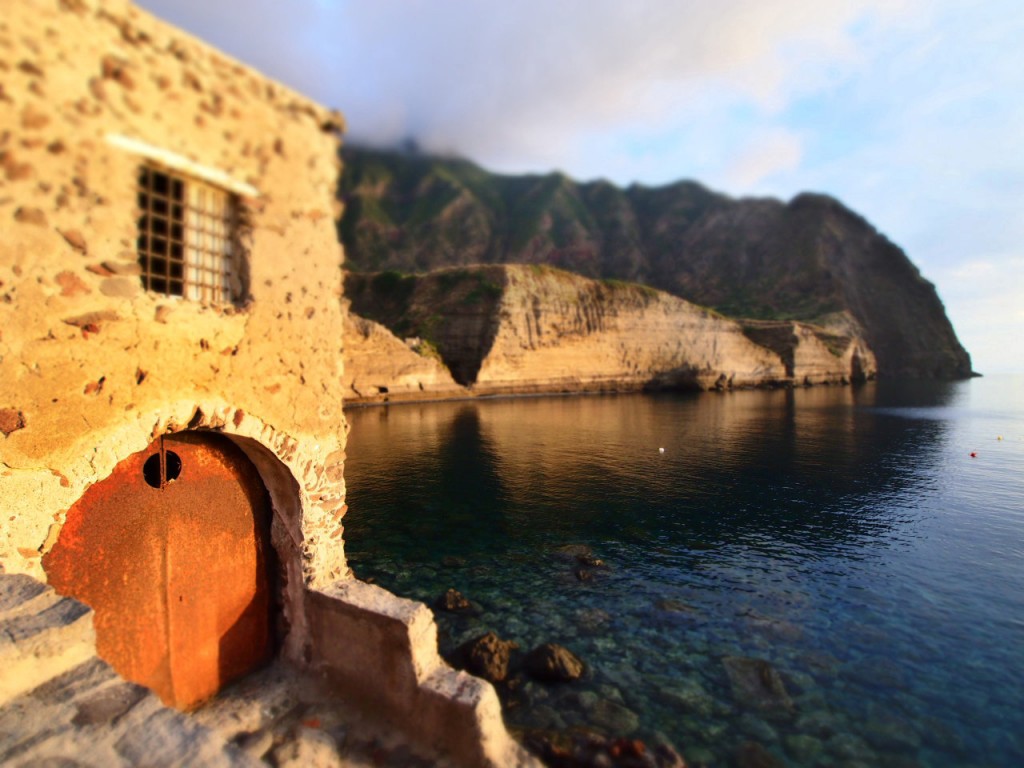
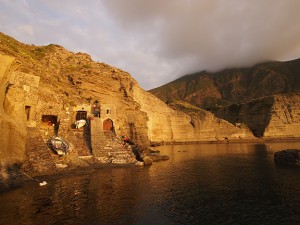
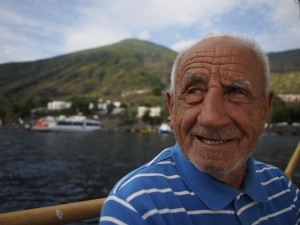
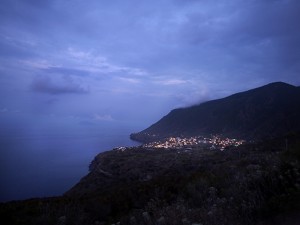
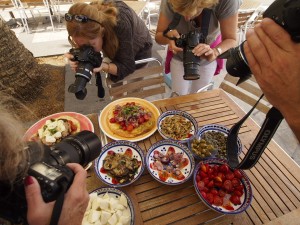
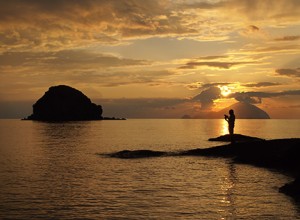
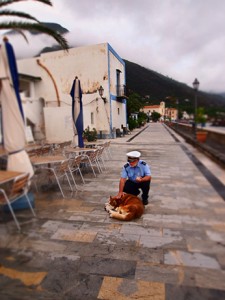
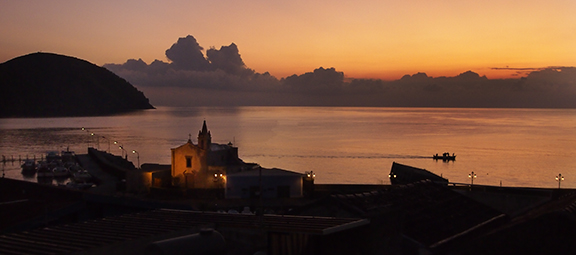
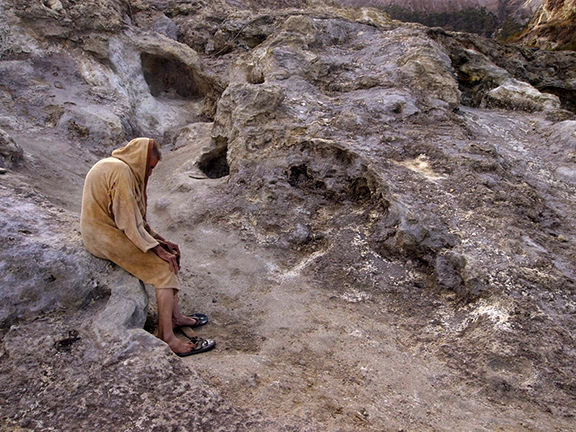
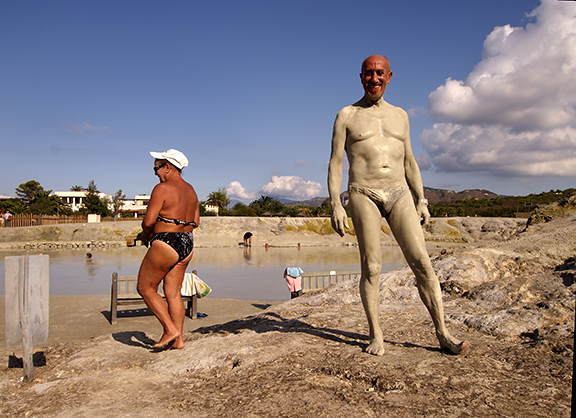
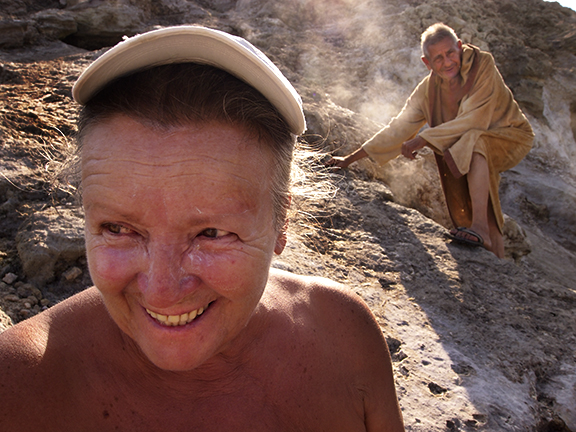
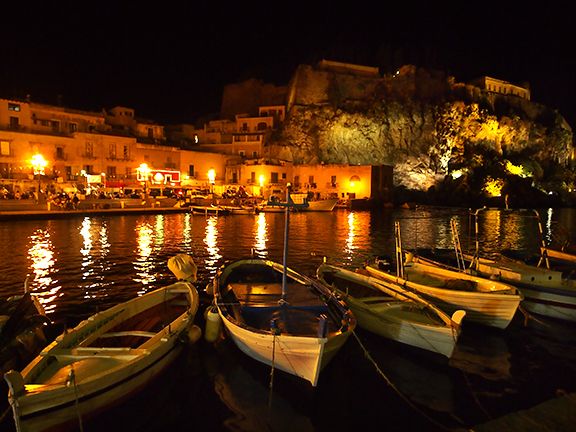
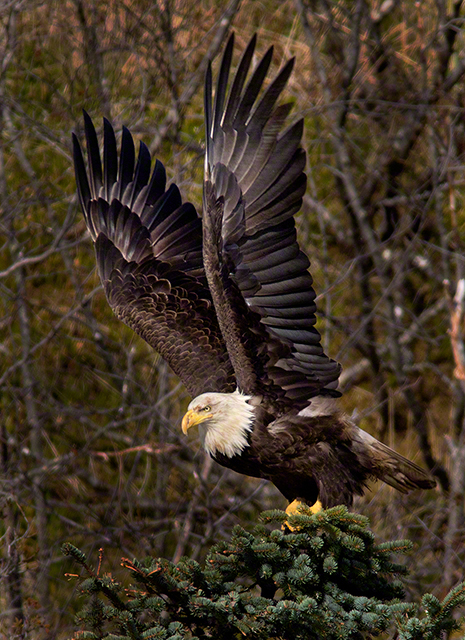
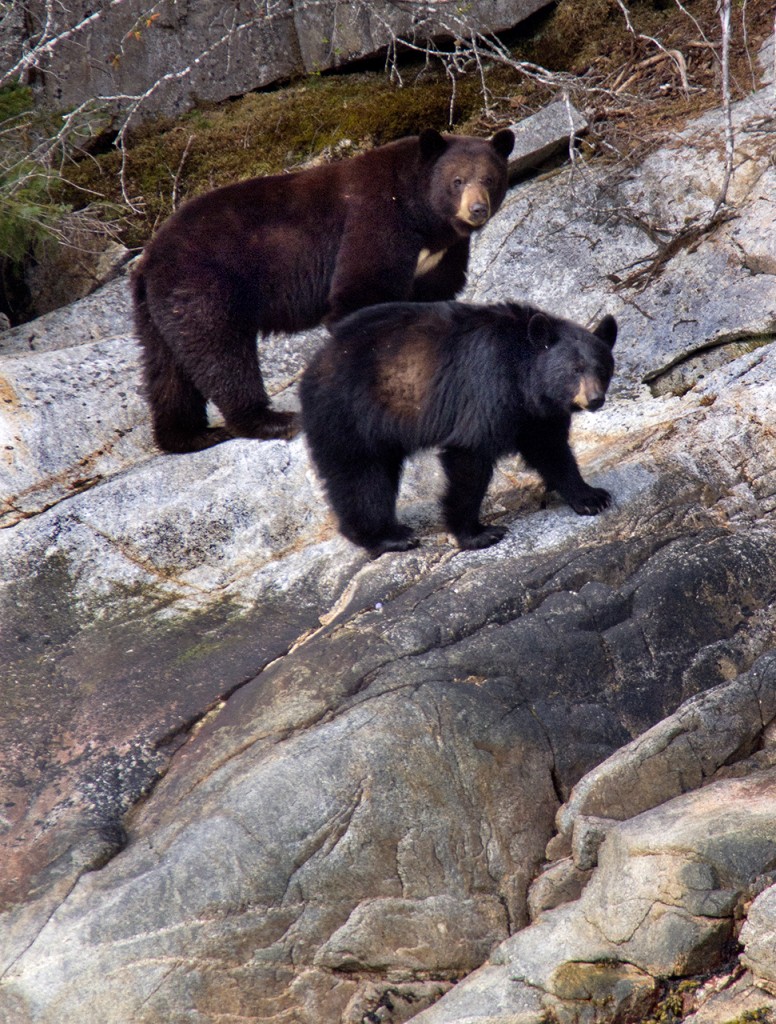
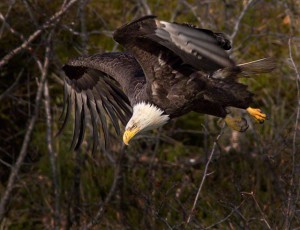
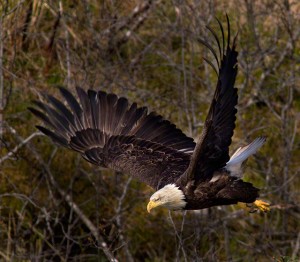 Tracy Arm, a bald eagle takes flight
Tracy Arm, a bald eagle takes flight 